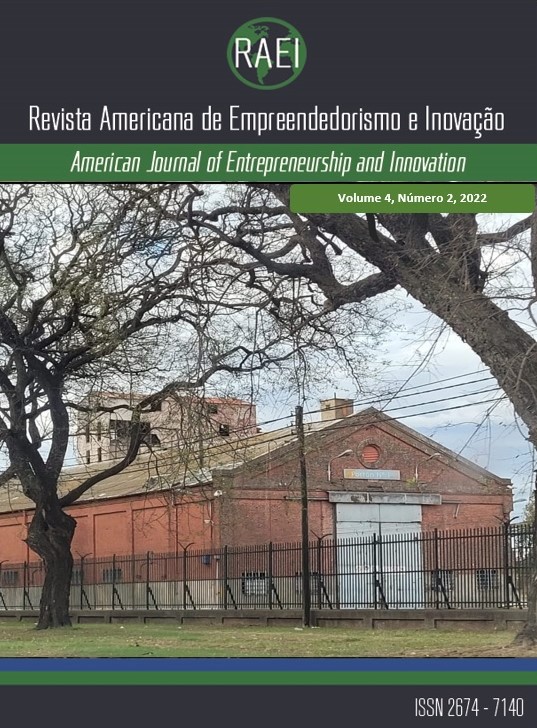HEDGES AS USED IN THE INTRODUCTION SECTION OF AGRONOMY JOURNAL ARTICLES IN ENGLISH
DOI:
https://doi.org/10.33871/26747170.2022.4.2.4575Keywords:
revistas científicas, escritura académica, atenuaciónAbstract
Journals are means of international validation to spread and share knowledge. Academic and scientific writing is expected to be objective, neutral, impersonal and accurate. Our aims were a) to analyse the various types of hedging devices used in the introduction section of the papers published in international journals of Agronomy Sciences during the last two decades; and b) to determine the authorial viewpoint when there are hedges in the corpus selected according to the discipline. This is a case study of interdisciplinary articles and in the natural and social sciences taken from international journals. We have considered the following markers of hedging: impersonal expressions such as agentless, passive structures, royal "we" ; shields such as epistemic and modal epistemic verbs, evidential verbs, adverbs and adjectives of possibility and probability; and approximation: those affecting the level of certainty of the assertions. So far we have found cases of impersonal structures (both active and passive voice), shields and the use of first subjects and pronouns (singular and plural) followed by performative and cognition verbs. Our provisional conclusions indicate that hedges in the introduction section of the articles are used to mitigate the authorial voice and reduce the force of categorical assertions while displaying an inverted triangle structure of the organization of the section. The problem is broadly overviewed and the literature is reviewed to show the latest developments, including citations and references to previous research. Finally, the aims of the study are expressed. There is a tendency to highlight data and antecedents while the author stays away from the main focus through the use of devices as the "royal" we at the end of the section.
Downloads
References
Benveniste, E. (1966) 1978. Problemas de la lingüística general. Siglo veintiuno editores, México.
Di Tullio, A. (2005) Manual de gramática del español. Buenos Aires: Ediciones La Luna
Ferrari, L. (2009) "Marcadores de modalidad epistémica y evidencial en el análisis de las conclusiones de artículos de investigación de disciplinas distintas" ALED, Buenos Aires.
Foucault, M (1992) 1970 El orden del discurso. Traducción de Alberto González Troyano, Trusquets Editores, Buenos Aires.
García Negroni, M.M. (2008). "Subjetividad y discurso científico-académico. Acerca de algunas manifestaciones de la subjetividad en el artículo de investigación en español" . Revista Signos, 41 (66), 9-31.
Hayland, K. (1998) Hedging in Scientific Reaserch Articles. Amsterdam: John Benjamins
Manno A.; Herrera M (2018) compiladoras VIII Jornadas Internacionales. La enseñanza del inglés en las carreras de Agronomía. Libro de resúmenes Universidad Tecnológica Regional San Rafael.
Montolío, E. (Coord.) (2001). Manual de escritura académica. Barcelona: Ariel.
Morales, O; Cassani D y González Peña, C. (2007) "La atenuación en artículos de revisión odontológicos en español: estudio exploratorio" En Asociación Europea de Lenguas para fines específicos, España. Disponible en http://www.redalyc.org/articulo.oa?id=287024055003
Sarasa, M. C.; Porta, L.(2008) Un análisis interpretativo de las tensiones entre el currículo normado y el currículo representado Praxis Educativa (Arg), núm. 12, 2008, pp. 57-65 Universidad Nacional de La Pampa La Pampa, Argentina (disponible en http://www.redalyc.org/articulo.oa?id=153112902006

